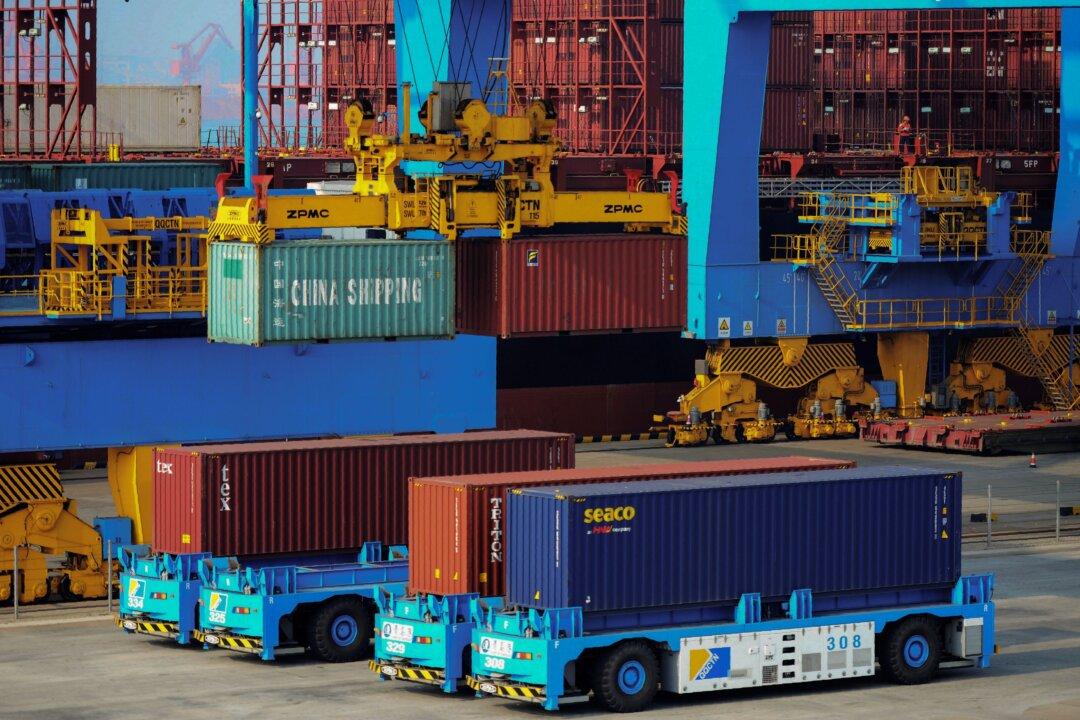Because of the Sino–U.S. trade war, large amounts of Chinese products are being transshipped to intermediate destinations before being exported to the United States, in order to avoid high tariffs imposed by Washington.
Transshipping products via countries such as Malaysia, the Philippines, or Thailand mean double costs, but that’s still much lower than the penalties associated with the tariffs themselves.





